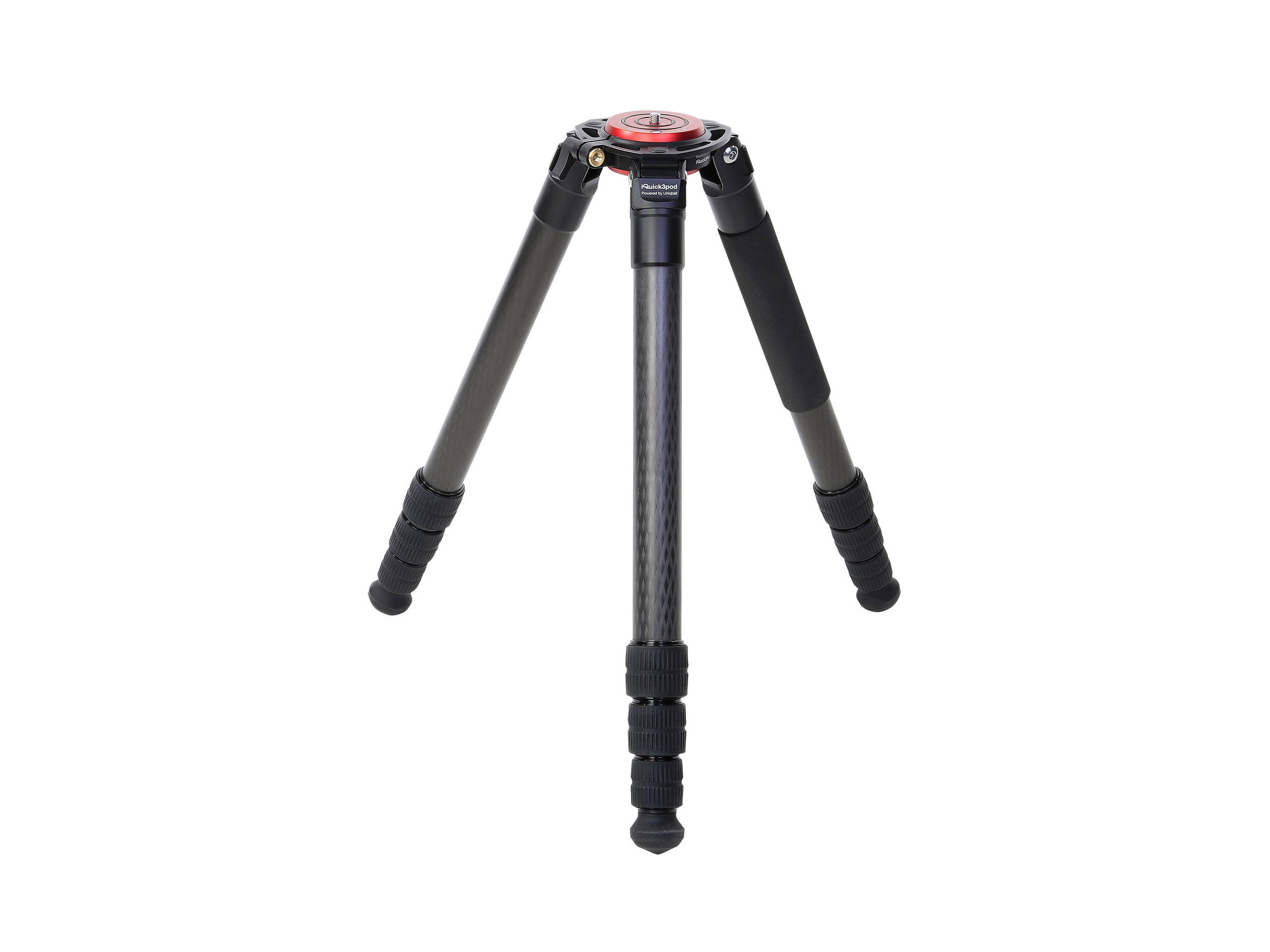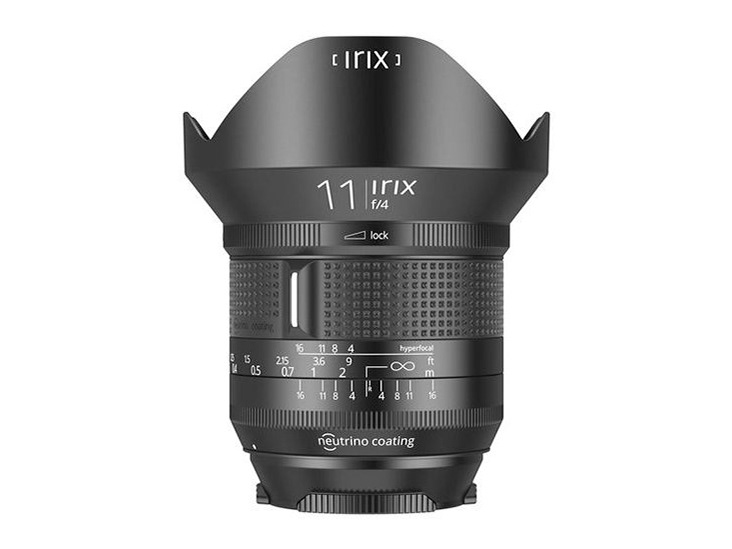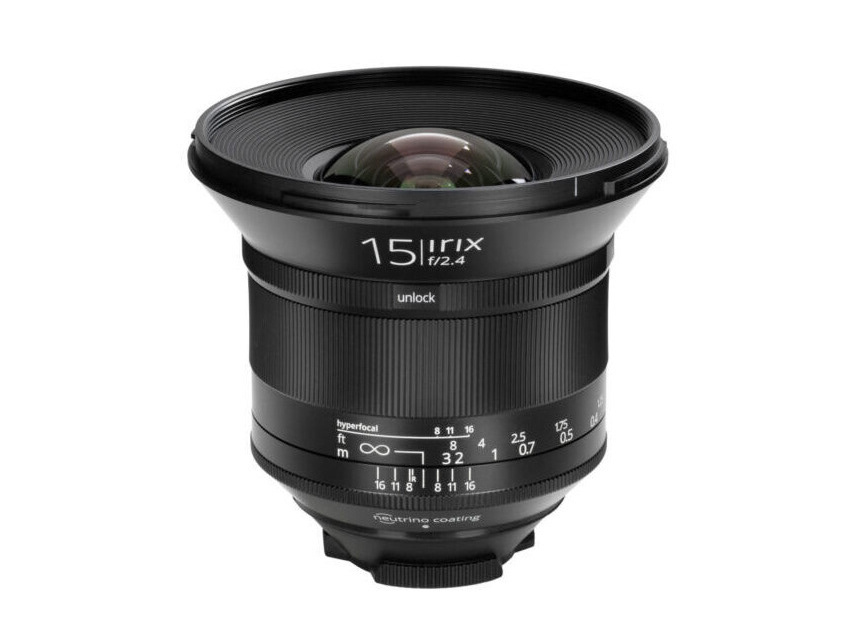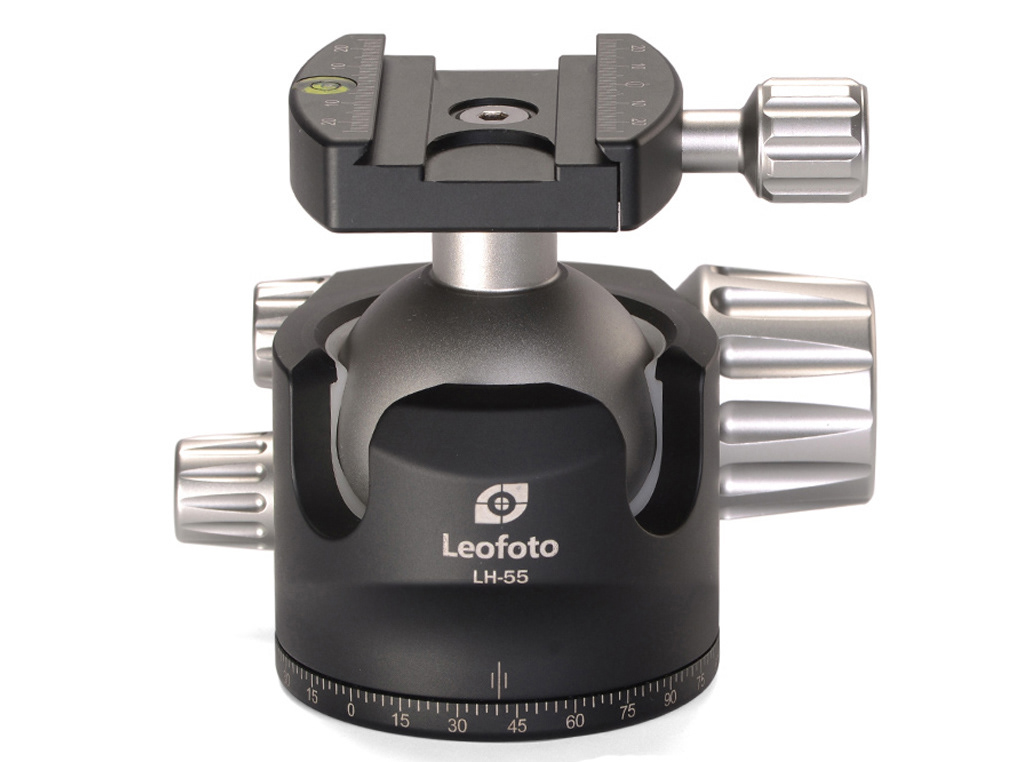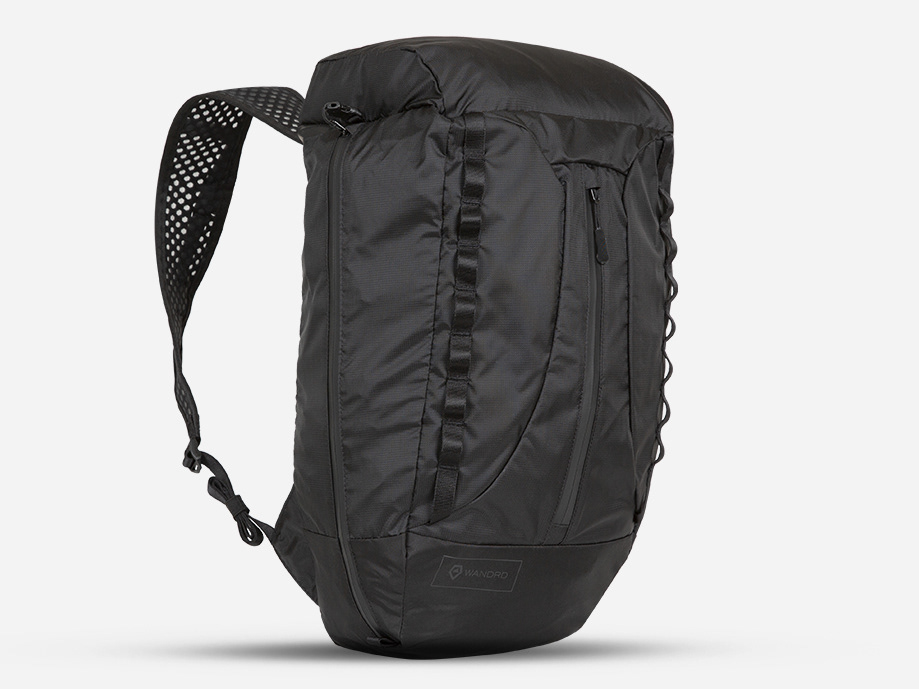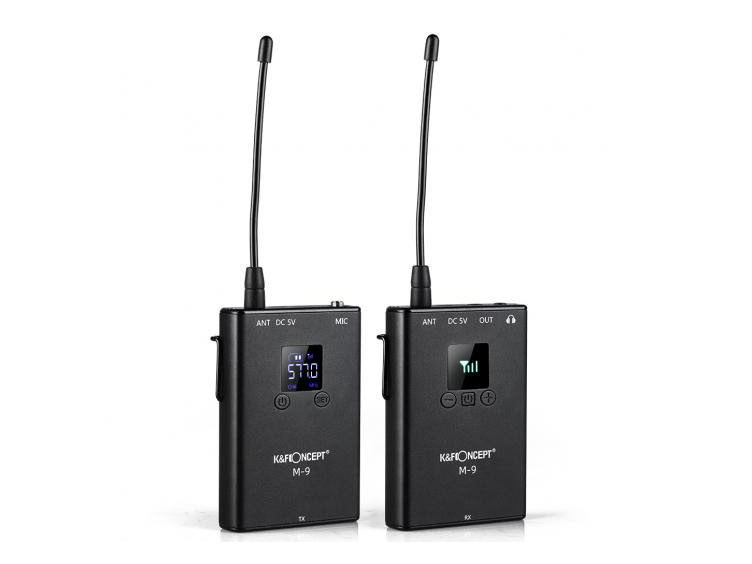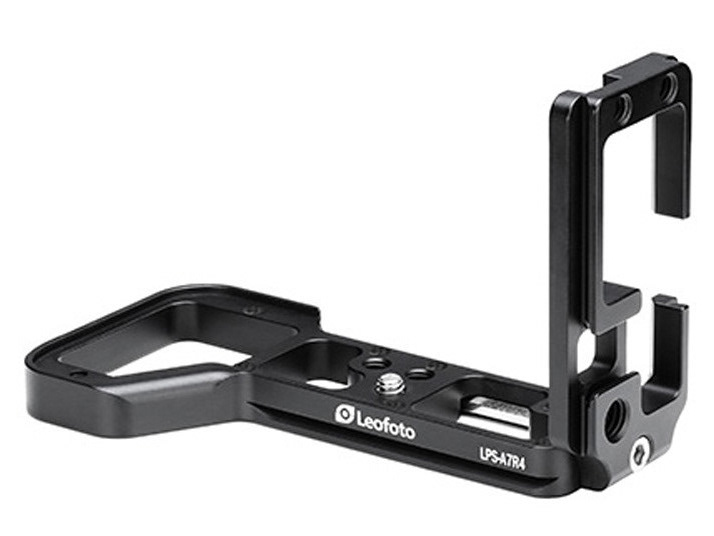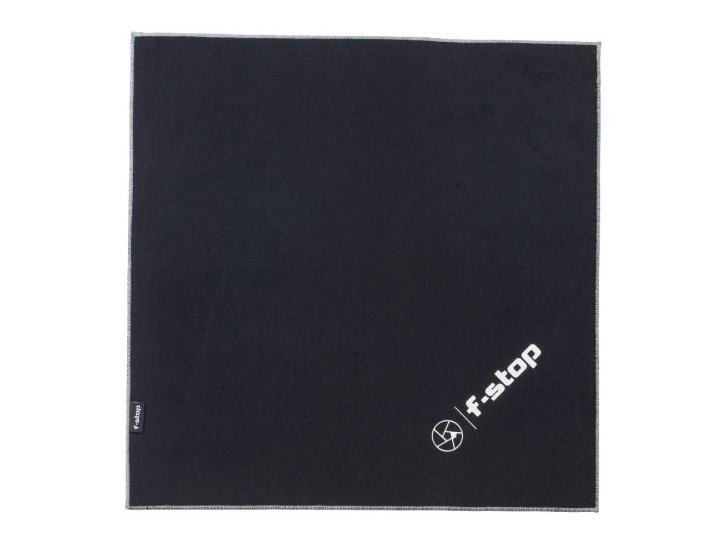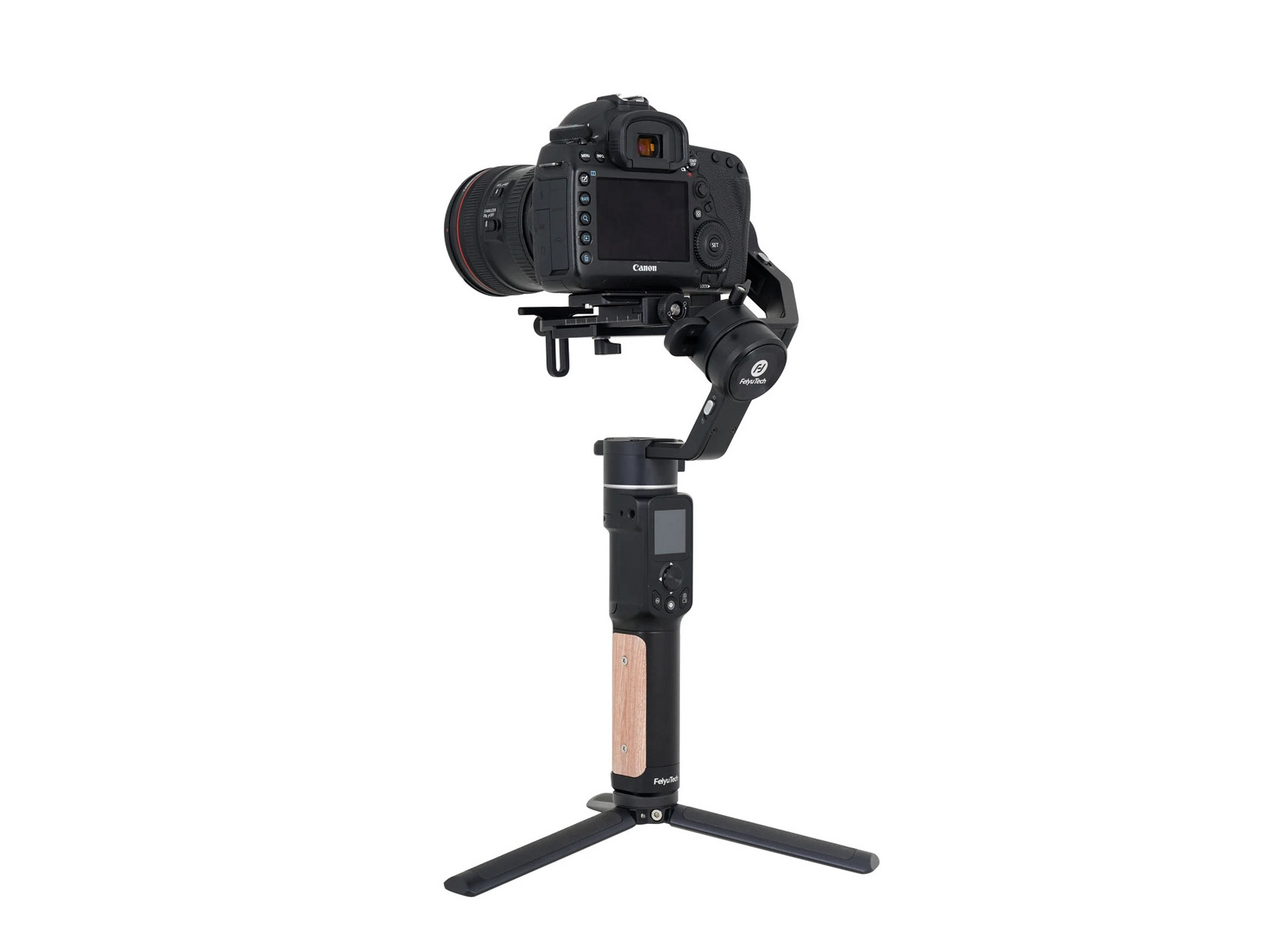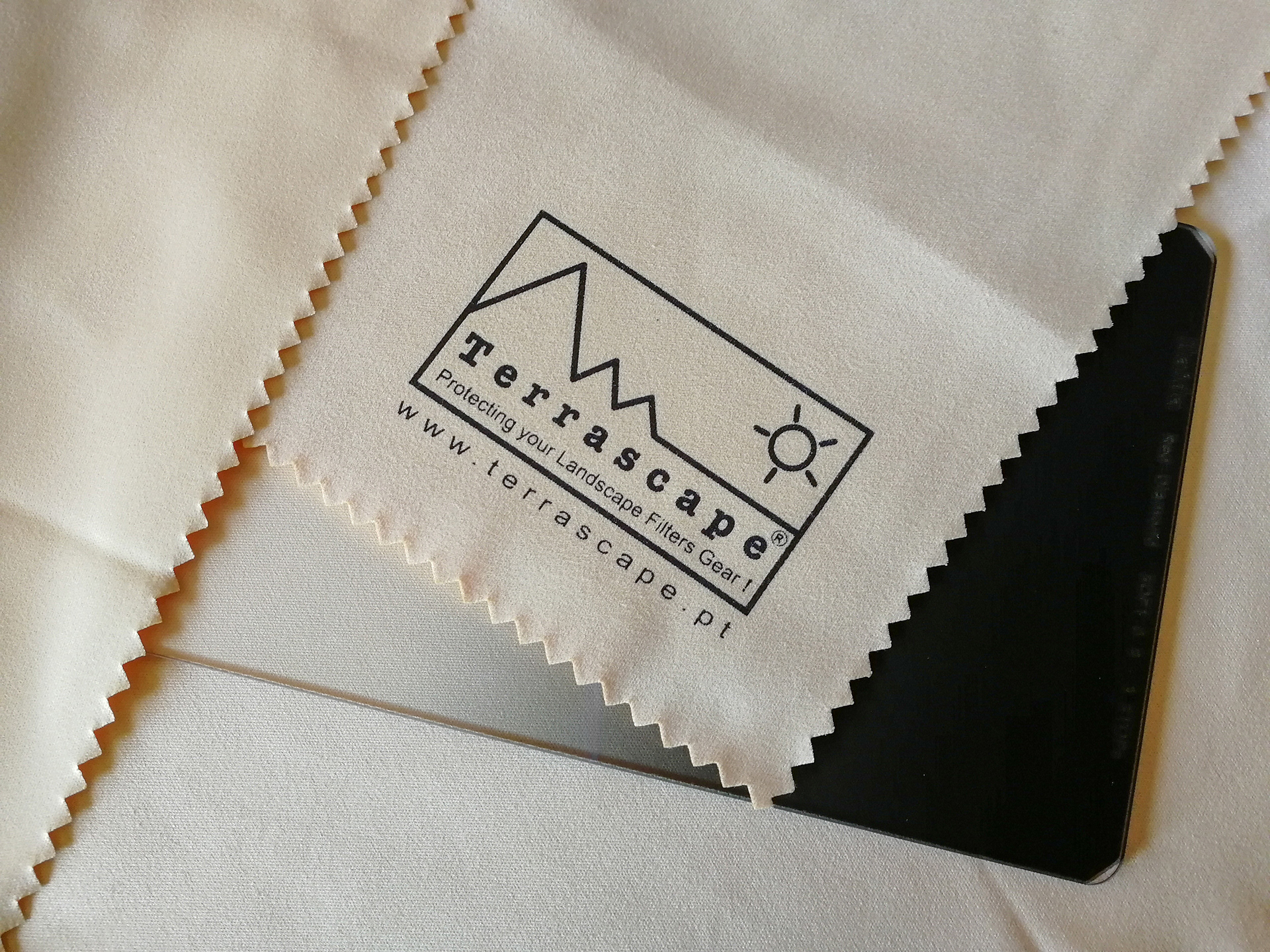Leofoto LS365C Tripod Review
INTRODUCTION
Hello my friends here I am to tell you about a new product, Leofoto analyzed my review of the tripod that had been sent by them the LS-324C with ballhead LH-40PCL, and understood that it was a fair review and well designed, so they sent me a new tripod for testing, a tripod that had already caught my attention, was sent the LS-365C.
As I did with the review of the predictor tripe, I will give you a short introduction of how and what the tripod is used for, which I think is quite important.
As I did with the review of the predictor tripe, I will give you a short introduction of how and what the tripod is used for, which I think is quite important.
As a landscape and seascape photographer choosing a tripod to buy can be an overwhelming experience, one tripod must give a trust to the photographer, and for me expecially in nordic countries with strong winds and very bad weather conditions I need to have a solid and robust tripod. When we gone buy a tripod we must think in various factors, on one hand, a tripod is a very simple tool to keep our cameras steady when we use them in challenging light conditions. On the other hand, there are so many different variables that come into play when choosing a tripod: How tall should it be? How light should it be? How stable should it be? What kind of weight can it support? How much should I spend on a tripod? These are just some of the questions that might come up as you look into buying a new tripod, this can be an extremely frustrating experience, especially when there are so many variables to take into consideration such as budget, durability, design, weight, maximum height, minimum height and overall stability.
I personally use a tripod for one main reason – landscape and seascape photography. Shooting sunrises and sunsets can be quite challenging, especially when the light conditions are far from ideal. The use of a tripod for most types of photography is not necessary when shooting in daylight conditions. However,in Landscape and Seascape Photography we need a almost every time a tripod, as it allows them to keep the camera ISO as low as possible, which not only keeps the amount of noise in images to a minimum, but also provides the highest dynamic range the camera sensor can capture. In addition, a tripod can help in proper framing of a subject and allow to capture panoramic and HDR images. Lastly, there are situations where one must use a tripod in order to slow down and blur action, such as when photographing streams and waterfalls as shown in the image below. Therefore, if you are into landscape photography, a good tripod is a must-have tool in the field. I also made some night photography, cityscape and astrophotography, and in both, we make long exposure photography that force to use the tripod.
About Leofoto
Zhongshan Laitu Photographic Equipment Co., Ltd was founded at the beginning of 2014. It is located in Zhongshan, beautiful Pearl River Delta area in China. Leofoto team has been designing and manufacturing series of camera support systems by comparing and studying the high-end photographic accessories made in China and abroad and combining different suggestions from professional photographers for over a decade. Leofoto has become China specialized photographic equipment producer in only 4 years.
They are a young company with hi-tech equipment and creativity, for many years, they have been supplying the whole world with high quality professional tripods, ball heads and other support accessories.
They have 1 assembly workshop with 4 assembling lines, 2 CNC machine centers(including 80sets of CNC precsion machines), high and low temperature testers, corrosion resistance testers and other high-precision devices.
They have more than 20 management employees and 130 dedicated workers.
Current production capacities can yield quotas of 1000 tripods per day. Besides, they highly automated production lines enable us to supply the best quality products at competitive prices.
Leofoto's high skilled management team ensures a solid compliance program, while maintaining the official trading standards. Leofoto's constant growth is due to their research & development team. They are the foundation stone of our business. At Leofoto, they always strive to provide the best quality products and service for photographers and videographers from all over the world.
They are a young company with hi-tech equipment and creativity, for many years, they have been supplying the whole world with high quality professional tripods, ball heads and other support accessories.
They have 1 assembly workshop with 4 assembling lines, 2 CNC machine centers(including 80sets of CNC precsion machines), high and low temperature testers, corrosion resistance testers and other high-precision devices.
They have more than 20 management employees and 130 dedicated workers.
Current production capacities can yield quotas of 1000 tripods per day. Besides, they highly automated production lines enable us to supply the best quality products at competitive prices.
Leofoto's high skilled management team ensures a solid compliance program, while maintaining the official trading standards. Leofoto's constant growth is due to their research & development team. They are the foundation stone of our business. At Leofoto, they always strive to provide the best quality products and service for photographers and videographers from all over the world.
THEIR AMBITION
Be dedicated and enthusiastic to meeting and leading user needs. They focus on photographic support system and will keep an eye on related industry, their mission is to help professional photographers to finish their works by supplying the most profession support systems. Meanwhile, they will combine our skills and customers’ needs perfectly and assist their clients in promoting our brand in channels, forums, fairs etc to achieve the best commercial values of their brand. They will always believe in our clients and thank them for their recognition and support.~
PACKAGING AND UNBOXING
The packaging of a tripod may not be an easy task, a tripod is a Bulky item, but Leofoto once again had as excelled work and made elegant package.
After opening we can find this inside the package:
1 - A nylon case with the tripod user and maintenance manual
1.1 - LS-365C carbon fiber tripod
1.2 - 3 Stainless steel spikes
1.3 - 3 Allen keys for precise adjustment of screws
1.4 - Carabinear and 1/4 screw for counterweight hook
1.5 - Multi Tool Kit
1.6 - Two Allen wrench
1.7 - User maintenance manual, a quality certificate.
FIRST LOOKS
As you know, most of the traveling photographers have the difficulty of space on the bag, in the biggest trips we have the basement luggage in the small trips we have the hand luggage in the both situations we have the same problem... The space in luggage, this tripod is very useful because he is very compact when closed, only with 48cm. For me the mist important feature of this tripod.
It can support a load of up to 20 kg and reach a maximum height of 152 cm, to which you must add the spherical head, as well as the camera that is placed on top.
The Leofoto LS-3365C tripod offers more versatility:
Its legs, made of carbon fiber, provide great resistance and robustness to the weight of 1.7Kg, without ballhead.
Ideal for outdoor sessions where long trips are required and weight is something to remember.
The legs of the LS-365C tripod:
The closing of the thread of the legs is quick, with rubber of easy adherence and wrist lock of one turn. Each of the sections has independent movement and lock in three specific positions, with the possibility of shooting at ground level.
The leg tilt anchors are automatically repositioned by means of an internal spring system. At the end of the legs, it has rubber stops in the removable dimensioning with 3/8 screw.
It also includes a set of 3 short metal skewers. In addition, it allows the placement of other types of long TFS stainless steel skewers for mud or sand terrain, others the option of TFC skewers for hard terrain and stone terrain.
New system to facilitate the cleaning of the sections, keeping it always on the first day. Side screw inlet on the tripod body for attaching accessories such as articulated arms, monitors and the like.
TRIPOD DIMENSIONS, SPECS AND WEIGHT
There's a lot of tripods to choose, they come in a wide range of sizes and weights, as a landscape and seascape photographer I can say you that we can carry the lightest tripod all day, but when we have a heavy tripod it became a nightmare in a very short period of time. We usally walk along time periods and that could become painful. Strength and rigidity are often the balancing factor between size and weight.
So, tripod selection involves finding a model that offers the right balance between dimensions and weight.
When I started getting into photography and decided to buy my first tripod, I was shocked to find that some tripod legs cost over a grand! How could I justify spending more money on a tripod than I had on my camera and kit lens? How could I justify spending so much money on a simple device which would just be used to hold my camera? I bought a cheap aluminium Manfrotto tripod, and then after few months i bought a Manfrotto 3 ways millimetre ball Head. when i started to travel to multiple European countries in different scenarios and seasons, becoming very experienced on the field, even in the most demanding environments, i quickly learnt the hard way that you get what you pay for, cheap tripods just ruin your photos, and they can ruin your precious equipment too! After having a tripod stability in Iceland these year, I start to think that it was time to change that would never give me trouble again.
So, tripod selection involves finding a model that offers the right balance between dimensions and weight.
When I started getting into photography and decided to buy my first tripod, I was shocked to find that some tripod legs cost over a grand! How could I justify spending more money on a tripod than I had on my camera and kit lens? How could I justify spending so much money on a simple device which would just be used to hold my camera? I bought a cheap aluminium Manfrotto tripod, and then after few months i bought a Manfrotto 3 ways millimetre ball Head. when i started to travel to multiple European countries in different scenarios and seasons, becoming very experienced on the field, even in the most demanding environments, i quickly learnt the hard way that you get what you pay for, cheap tripods just ruin your photos, and they can ruin your precious equipment too! After having a tripod stability in Iceland these year, I start to think that it was time to change that would never give me trouble again.
BASIC SPECS:
- Manufactured with CNC technology;
- Made by Carbon fiber head 10x and aluminum 7075;
- It has 5 sections;
- Legs with independent movement and lock in three predetermined positions;
- Diameter of tubes: 36/32/28/25/22 mm;
- Closed size 480 mm;
- Maximum column height of 1520 mm;
- Minimum height of 80 mm;
- This tripod stand supports up to 20 Kg;
- Aperture and footing by means of oversized thread for better grip;
- Removable rubber tops with screw 3/8;
- Tripod diameter 102 mm;
- Weight of 1,77Kg.
- Made by Carbon fiber head 10x and aluminum 7075;
- It has 5 sections;
- Legs with independent movement and lock in three predetermined positions;
- Diameter of tubes: 36/32/28/25/22 mm;
- Closed size 480 mm;
- Maximum column height of 1520 mm;
- Minimum height of 80 mm;
- This tripod stand supports up to 20 Kg;
- Aperture and footing by means of oversized thread for better grip;
- Removable rubber tops with screw 3/8;
- Tripod diameter 102 mm;
- Weight of 1,77Kg.
BILD CONSTRUCTION AND MATERIALS
Once again I will say "Words for what..." The build quality of the LS-365C is excellent. For a carbon fiber tripod of this quality and with 7075 aluminum parts are CNC machined and hard anodized, making the surface resistant to scratching and scuffing he offer a excellent quality vs price.
1 - THE CHASSIS
Let's start from the top of the tripod, on the top we find the part that holds everything together. In addition to "chassis", this part is referred to as the "apex", "main casting", "spreader", "spider", "collar" and likely more terms I am not remembering at the moment. The chassis' size and strength are keys for the overall strength and rigidity of the tripod. Skimp here and nothing else matters.
Chassis is solidly-constructed of corrosion resistant, anodized CNC-machined aluminum.
In the bottom of the apex, we can find a 1/4 treated fir attaching the height hook, that's very useful fir rough weather conditions with strong winds.
Let's start from the top of the tripod, on the top we find the part that holds everything together. In addition to "chassis", this part is referred to as the "apex", "main casting", "spreader", "spider", "collar" and likely more terms I am not remembering at the moment. The chassis' size and strength are keys for the overall strength and rigidity of the tripod. Skimp here and nothing else matters.
Chassis is solidly-constructed of corrosion resistant, anodized CNC-machined aluminum.
In the bottom of the apex, we can find a 1/4 treated fir attaching the height hook, that's very useful fir rough weather conditions with strong winds.
2 - TOP PLATE
The apex is split one one side and a bolt clamps the apex around the top plate. There is also a decent pin to prevent the top plate from accidentally falling off. The downside is that the LS-365C takes 60mm diameter plates. This isn’t a common size and so you will be stuck buying Leofoto accessories for this tripod, such as the custom center column for this model.
3 - LEGS
If we say that Apex is an important part of tripod, for me the legs are one of the most important part of a tripod.
Perhaps the primary consideration for who's going to buy a tripod is what they are constructed of, with aluminum and carbon fiber being the two most common options.
"Should I get an aluminum or carbon fiber tripod?" is a common question.
First, what are the advantages of a carbon fiber tripod? Carbon fiber models are typically lighter than equally-weight-rated aluminum models and that is often a primary consideration for photographers. A huge carbon fiber advantage is its ability to better dampen vibrations. Carbon fiber does not transfer heat as easily as aluminum and if using the tripod in cold temperatures, you will appreciate holding a carbon fiber model over an aluminum one.
What are the advantages of an aluminum tripod? Aluminum is a great material and its primary advantage in tripod leg form is low cost. Aluminum generally has a lower friction coefficient than carbon fiber, making it slide more easily for height adjustment.
First, what are the advantages of a carbon fiber tripod? Carbon fiber models are typically lighter than equally-weight-rated aluminum models and that is often a primary consideration for photographers. A huge carbon fiber advantage is its ability to better dampen vibrations. Carbon fiber does not transfer heat as easily as aluminum and if using the tripod in cold temperatures, you will appreciate holding a carbon fiber model over an aluminum one.
What are the advantages of an aluminum tripod? Aluminum is a great material and its primary advantage in tripod leg form is low cost. Aluminum generally has a lower friction coefficient than carbon fiber, making it slide more easily for height adjustment.
Another important aspect that you have to consider to buy a tripod, is leg section length along with the number of sections per leg. Roughly, the number of leg sections times the length of the sections (minus some overlap plus the chassis height along with the leg angle set) determines the maximum height of the tripod. The length of the leg sections is also a strong factor in a tripod's retracted length.
Because there is one leg lock on each leg section joint, tripods with more leg sections have more locks and for that reason, they generally cost modestly more. Increasing the number of leg sections also slightly increases the setup and take-down time. With each leg section having a smaller diameter than the one above it, tripods with more leg sections generally have a narrower lower leg section than the equivalent tripod with fewer leg sections.
Frequently the tripods are most offered in 3- or 4-leg-section models and I generally choose 4-section legs for my primary tripods. In this case I had curiosity to test the 5 legs tripod, the myth is that more legs less stability in the field I tested with various weather conditions and I didn't saw any difference to my Leofoto LS-324C with four leg sections.
This tripod with 5 legs sections give me a relatively-compact retracted size that is especially appreciated when traveling with a maximum height that works well for me. With quality-constructed tripod models, I don't find the stability of the thinner lower leg section to be an issue.
Because there is one leg lock on each leg section joint, tripods with more leg sections have more locks and for that reason, they generally cost modestly more. Increasing the number of leg sections also slightly increases the setup and take-down time. With each leg section having a smaller diameter than the one above it, tripods with more leg sections generally have a narrower lower leg section than the equivalent tripod with fewer leg sections.
Frequently the tripods are most offered in 3- or 4-leg-section models and I generally choose 4-section legs for my primary tripods. In this case I had curiosity to test the 5 legs tripod, the myth is that more legs less stability in the field I tested with various weather conditions and I didn't saw any difference to my Leofoto LS-324C with four leg sections.
This tripod with 5 legs sections give me a relatively-compact retracted size that is especially appreciated when traveling with a maximum height that works well for me. With quality-constructed tripod models, I don't find the stability of the thinner lower leg section to be an issue.
4 - LEG LOCKS
With multiple legs, 3, 4, or 5 legs the tripods must have a system that allow us to set to various heights or retracted compactly. This means that leg section locks are needed and the first choice to be made is often between lever or flip-locks and twist locks. I've used both and strongly prefer the twist locks.
Like LS-324C this one have the same standard twist style leg locks. The metal locks have rubberized sleeves for grip and comfort. The rubber grips and the underlying twist locks are oversized compared to the direct competitors.
This system for me can be a little bit slower that the oldest system to close and open the legs, with the habit you reduce the time, but, slower that the oldest, It's more difficult to grab and open all of the locks at once. The feel is fine, but not top notch. The threading is finer than the best feeling locks, causing the locking action to feel a little mushy and slow. I’m not really complaining here, the locks work just fine, but they aren’t perfect.
5 - LEG ANGLE STOPS
The landscape or seascape and some times the cityscape photographers like to change the typical frame and use lower levels to get different composition.
If you gona use the tripod on a completely flat surface, typically a floor, you want a tripod model with independent leg spread that allows the tripod legs to open at various angles, accommodating whatever terrain you may encounter. Models featuring independent leg spread have angle stops around the leg pivot axles and this seemingly basic design feature plays an important role in the tripod's functionality. One of the primary design observations to make is how strongly the leg angle locks transition into the stops provided on the chassis. Is the stop a weak little tab that protrudes from the chassis? This type of design invites failure and it must be considered that this failure may mean your camera and lens hitting the ground.
6 - FEET
Like the most Leofoto tripods, on the LS-365C are replaceable and take the standard 3/8-16 thread. Included in the box are a set of rubber feet and a set of spiked feet. This is a good offer, other companies have the feets as extra, and they are payd.
Leofoto have a variety of feet for different conditions , it has skewers for shooting on uneven ground like sand or in the forest, short, medium and long spikes, it has round blade-shaped feet for shooting in ice, shoes to photograph in snow, feets to photograph in rocks.
Most users won’t feel the need to ever use the spikes, and so they will collect dust. For those who really need spikes, they will want good long ones to bite into a soft surface.
PRICE AND VALUE
Of you want to buy a Tripod I advise you think more time, a see for what purpose is the tripod. If you need a robust, solid, and compact tripod, that can be cared on hand luggage or hold luggage this cold be one right choice. Using a high quality model will potentially greatly increase your image quality and it will be a pleasure to use and carry with you. I do not remember talking to a single photographer that wished they would have purchased a lower-grade model.
This tripod can be purchased at Leofoto.es for 375€, or you can see here a nearby seller.
In this cases if you have a valid European VAT you can purchase in Spain without the taxes.
MY CONCLUSION
Words for what... I'm pleasantly surprised with the qualities of this tripod at first time I confess that I was apprehensive about the amount of legs, rumors says that more legs, less stability but I was wrong, this tripod proved to be robust and strong enough to withstand any weather condition
This is a good carbon tripod, with 1.7kg in height, with a strong legs 36mm thickest leg.
Based on my photographic experience and with the photographic travel experience, this tripod could be used for exhaustive use, for everyday life, it is a light tripod, and can easily travel in a hand luggage.
If you are traveler or everyday photographer this could be a good purchase.
WHAT I LIKED
-Made of carbon fiber, which becomes a resistant and durable tripod;
- Compact;
-The controls are smooth and glides around with ease!
WHAT I FEEL COULD BE IMPROVED
- Could come equipped with a hand grip on one of the legs;
- The spiked feets could have a rubber cover, to avoid taking off.
IN THE FIELD
